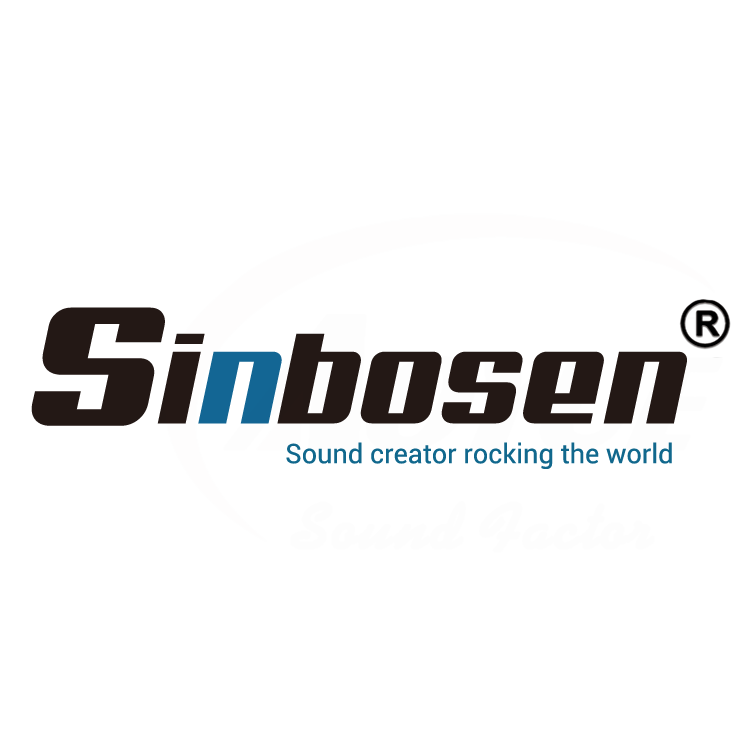Product News
Do my speakers need a processor? Which speakers have crossovers?
Views : 10485
Update time : 2024-05-05 18:04:29
An active amplifier is usually a device that integrates the functions of an amplifier and a preamplifier and can directly drive speakers without the need for an additional amplifier. The design of the active power amplifier can eliminate the need for additional power amplifiers and some signal lines, making the audio system simpler. But many people think that active speakers have DSP function.
In fact, this is not the case. The active power amplifier module and DSP module of the speaker are independent. Not all active power amplifiers will have DSP (digital signal processing) modules.Of course, there are also speakers that integrate active modules and DSP modules, that is, they have the functions of both DSP and amplifiers.
How do I tell if my speaker needs a processor?
①External crossover speakers require a processor
②Speakers with built-in crossover depends on whether they have DSP.
For example, the V932(active version) line array speaker only has an active board but no DSP, so it needs a processor.
KA210(active version) line array speaker has an active board and a DSP, so it doesn’t need a processor.
How to determine whether it is a built-in crossover or an external crossover (bi-amp)?
If there is a crossover, it is an built-in crossover speakers.
If there is no crossover, it is an bi-amp speaker.
Subwoofers are all external crossovers, usually connected to a 2-core wire, and the speaker wire is 1+1-
The following is the crossover comparison table of Sinbosen 3.0 high end version speaker.
| MODEL | BUILT-IN CROSSOVER OR NOT |
| KA208 | NO |
| KA-3 | NO |
| KA-1 | NO |
| KA-2 | NO |
| KA15 | YES |
| CYVA | YES |
| 5X | YES |
| XT-08 | YES |
| XT-12 | YES |
| XT-15 | NO |
| VT-08 | YES |
| YT-08 | YES |
| JT-08 | YES |
| QT-01 | YES |
| MT-04 | YES |
| WL12 | YES |
| V932 | YES |
| V488 | NO |
| V489 | NO |
| V915M | YES |
What is the difference between built-in crossover and external crossover (bi-amp)?
Built-in crossover means that the crossover has been integrated inside the speaker, which can divide the audio signal into different frequency bands and distribute it to different speaker units or speaker drivers.
The built-in crossover points and parameters are usually determined by the manufacturer during design and cannot be adjusted freely by the user.
Built-in crossovers can make the speaker system more compact, simplify wiring and connections, and reduce the number of external devices.
Built-in crossover, her voice will be smaller and SPL will be reduced, generally used for indoor/small concerts
External crossover (bi-amp) refers to using an independent crossover or processor to divide audio signals into different frequency bands and send them to different speakers or speaker units.
External crossover (bi-amp)can provide more flexibility, users can adjust the crossover point, slope and other parameters as needed to meet specific audio requirements.
External crossovers (bi-amp)typically require additional equipment and cabling, but allow for finer audio adjustments and control options for better sound quality and effects.
External crossover (bi-amp) is suitable for professional engineering situations. You can accurately configure and control the processor parameters yourself, and the sound is louder.








